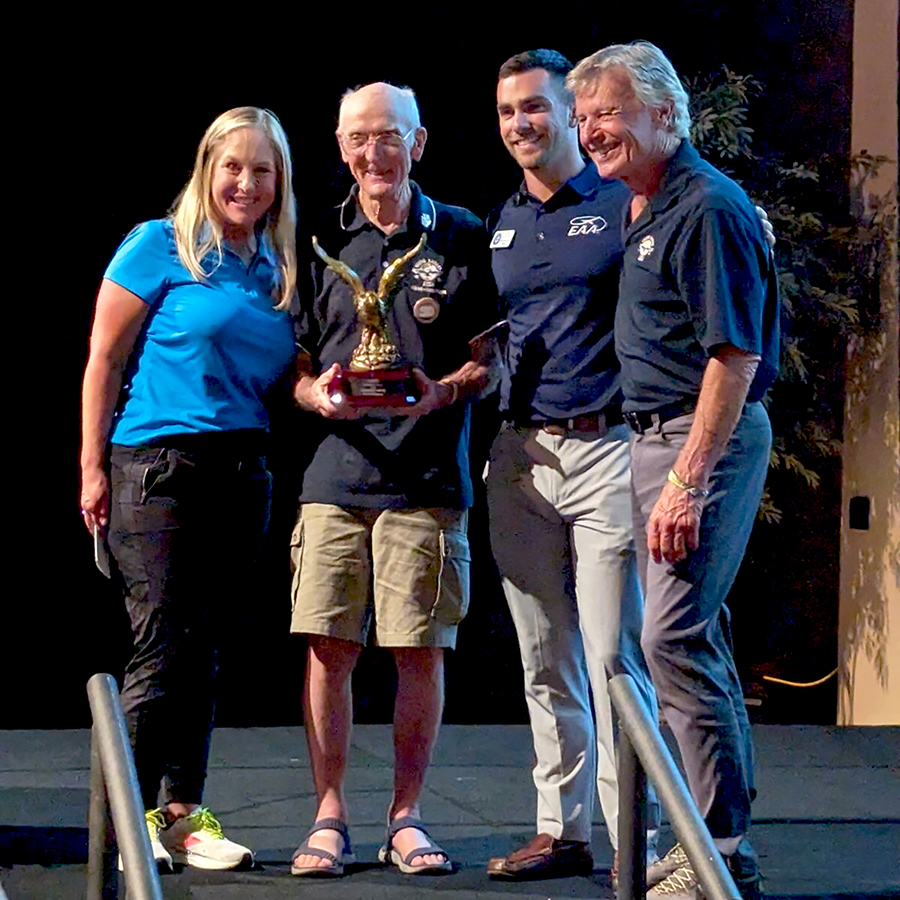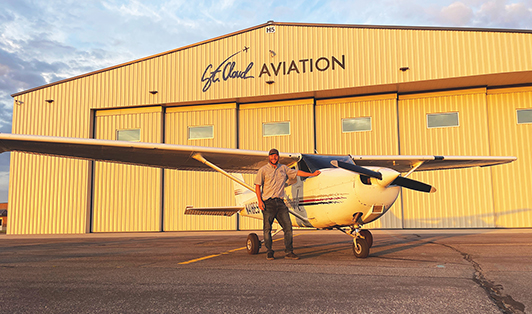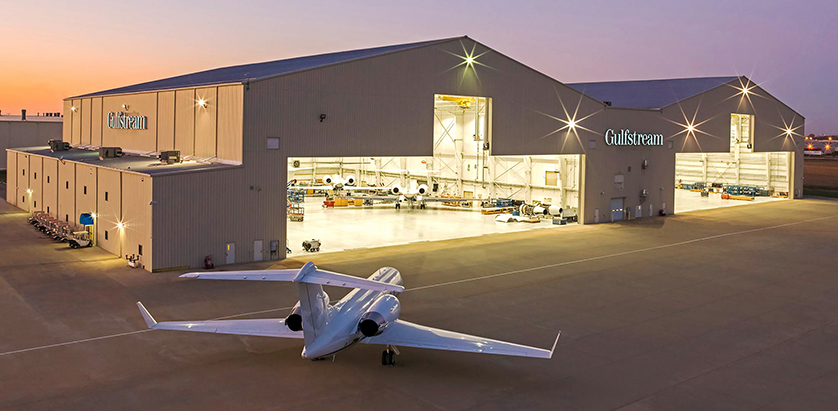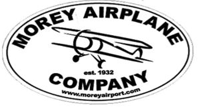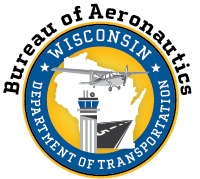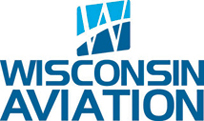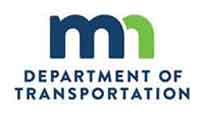by Jim Moore, AOPA
Published in Midwest Flyer Magazine October/November 2023 Digital Issue
The FAA released a long-awaited rulemaking proposal to do away with light sport aircraft weight limits and other restrictions on pilots who fly them, though sport pilots will still be limited to only one passenger at a time.
The rulemaking proposal released for public inspection July 19 is the product of a yearslong effort to modernize aircraft certification. The FAA invited collaboration with pilots and industry on the Modernization of Special Airworthiness Certificates (MOSAIC) initiative, an effort to overhaul the current rules established in 2004 and enable certification of new technologies that lead to safer and more capable aircraft.
AOPA pushed hard to expand the light sport aircraft definition, relax most current operating limitations, and allow certain operations for hire heretofore reserved for certified aircraft. The FAA scheduled the rule’s publication for July 24 in the Federal Register, which will start a 90-day public comment period.
The rulemaking proposal extends to more than 300 pages, with effects on experimental amateur-built aircraft and restricted category aircraft. It also proposes changes to right-of-way rules around Class G airports to eliminate present distinctions among various types of “powered” aircraft currently referenced in FAR 91.113.
AOPA is analyzing the details of this first major overhaul of aircraft certification rules in two decades and will provide comment.
“Modernizing the light sport category for the thousands of our members that fly these aircraft is something we’ve been long pushing for, and it just makes sense,” said AOPA President Mark Baker. “We’re pleased to see the FAA take this first step to help modernize the general aviation fleet and provide more options for pilots.”
At first glance, there is much to like. The agency eliminated any weight restriction and instead applied limitations to performance-based criteria:
• Increase the airplane stall speed to 54 knots.
• Increase the maximum speed to 250 knots calibrated airspeed.
• Allow controllable-pitch propellers.
• Allow retractable landing gear.
The increase in stall speed will enable increased aircraft weights for more robust airframes, installation of safety enhancing equipment, higher fuel capacity, and more seating capacity. The change also will allow airplane designs up to about 3,000 pounds to be included in this rulemaking.
The FAA also proposes allowing sport pilots to fly four-seat aircraft, but the current limitation of one passenger remains unchanged:
Pilots operating under sport pilot limitations will be able to do so while meeting all sport pilot requirements, to include a valid driver’s license as long as the most recent medical was not denied and any special issuance medical has not been withdrawn. Sport pilots will also be able to take advantage of controllable-pitch propellers, retractable landing gear, and night VFR operations with appropriate training and endorsements under the proposal.
The agency also agreed with AOPA’s request to allow sport pilots flying light sport aircraft to perform certain commercial operations, such as product demonstrations for engines or other modifications. These privileges would also extend to experimental aircraft that have flown at least 50 hours, provided that the applicant has established an inspection and maintenance program.
The agency noted that, since the 2004 rule, light sport aircraft “have shown a lower accident rate than experimental amateur-built airplanes. The FAA considers that the successful safety record of light-sport category aircraft validates certification requirements established in the 2004 final rule and provides support for expanding the scope of certification for light-sport category aircraft and operations.”
“The FAA intends for these expansions to increase safety by encouraging aircraft owners, who may be deciding between an experimental aircraft or a light-sport category aircraft, to choose aircraft higher on the safety continuum and, therefore, meet higher aircraft certification requirements,” the agency wrote.
The FAA has lagged behind the European Union Aviation Safety Agency, its European counterpart, in the modernization of aviation regulations.








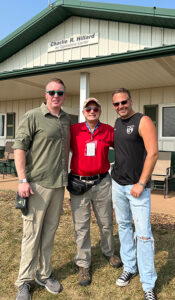

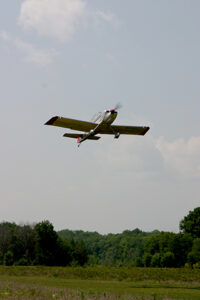 Wisconsin is blessed with many fine airport restaurants, and for the most part, landing and taking off from these airports is no problem. But one needs to get an early start to fly into Central County Airport for its once-a-week Friday noon lunch. Yes, unlike other airport restaurants, Central County Airport is only open for lunch on Fridays, and only during warmer months.
Wisconsin is blessed with many fine airport restaurants, and for the most part, landing and taking off from these airports is no problem. But one needs to get an early start to fly into Central County Airport for its once-a-week Friday noon lunch. Yes, unlike other airport restaurants, Central County Airport is only open for lunch on Fridays, and only during warmer months.